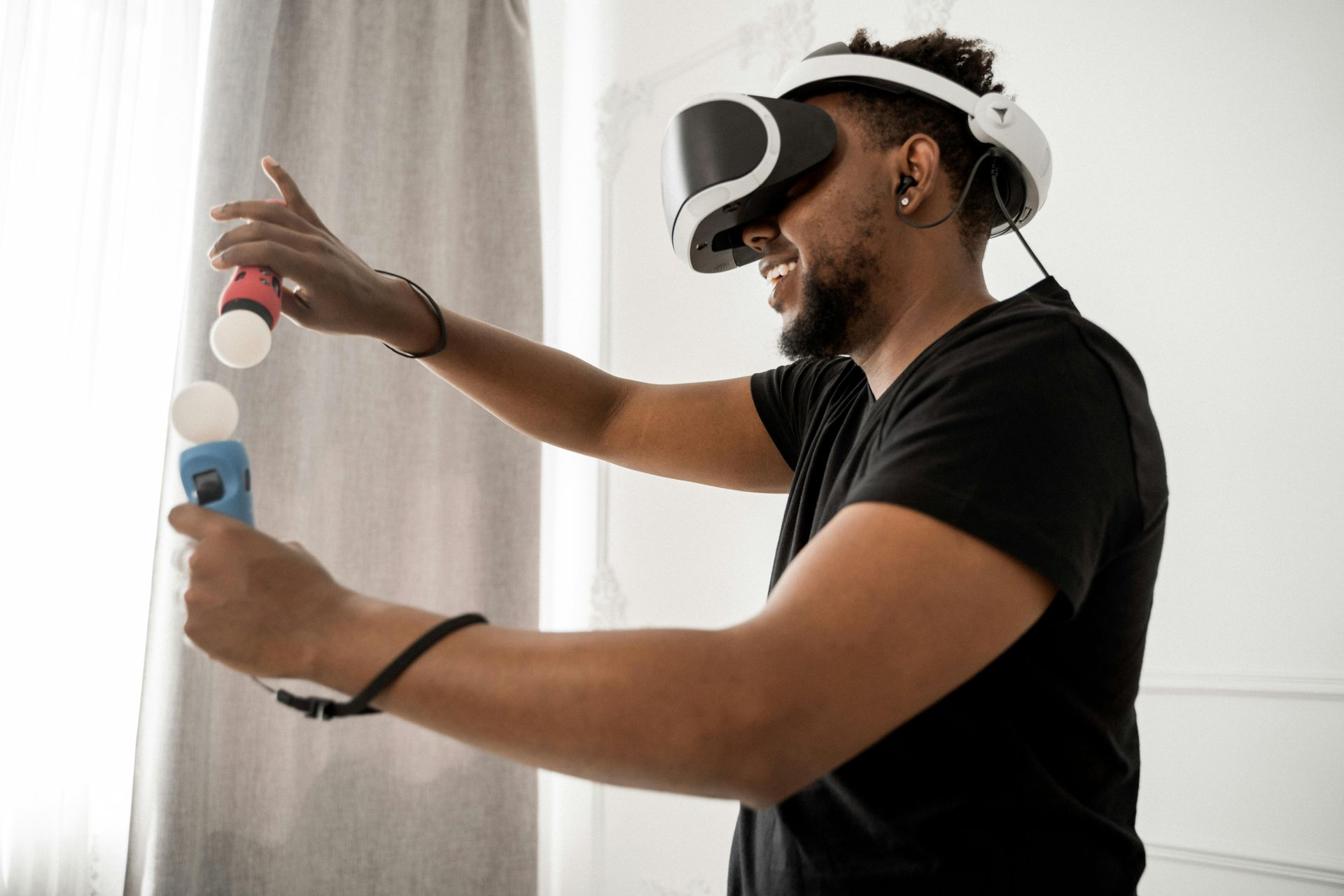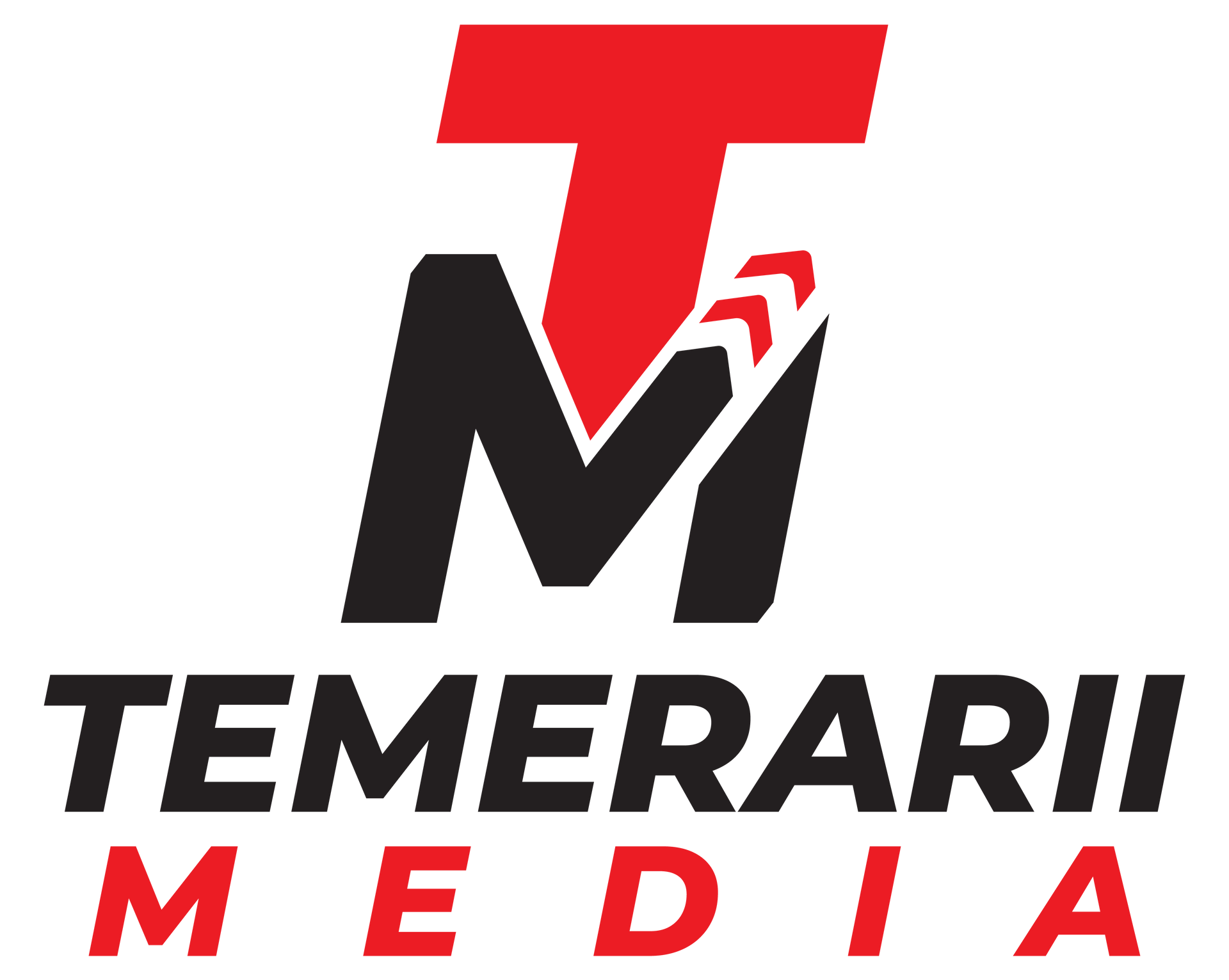Social media marketing is no longer just about posting updates and racking up likes. It is the public layer of your brand, operating in real time, in front of your customers, competitors, potential partners, and future hires. It is how you show up, how you speak, what you share, who you acknowledge, and how you respond when you are watched. At its core, social media marketing is the practice of using social platforms to build attention, shape perception, create demand, and maintain relationships. That includes scheduled content, reactive content, live engagement, direct conversation, and paid amplification. All of it rolls up into one goal: make it easy for people to trust you and choose you.
Trust is the key word. Social is where people decide if you are credible. That credibility is built through repetition and consistency. The more your audience sees you show up with clarity and value, the more you become familiar. Familiarity leads to comfort. Comfort lowers resistance. Resistance is the main obstacle to action. So when social media is done well, your audience enters every future sales conversation already feeling like they know what you offer, how you think, and how you treat people. By the time they book a call, submit a form, walk into a physical location, or send a message asking for pricing, the heavy lifting has already happened. Social can warm that relationship before you ever personally speak to them.
Social media also creates a live environment where brand and audience shape each other. You are not just broadcasting. You are in conversation. When someone comments, you respond. When someone tags you in a story, you show appreciation. When someone raises an issue, you acknowledge and direct them toward resolution. When someone celebrates a result or shares a testimonial, you amplify it. That constant back-and-forth is what separates social media marketing from traditional one-direction advertising. The audience is not passive. The audience is inside the narrative with you.
Because the interaction is so direct, social also becomes a loyalty tool. The more someone feels seen, the harder it is for a competitor to take them. A customer who is simply transacting will go wherever it is cheaper or faster. A customer who feels connected to a brand will tolerate small friction because they feel invested. Social media marketing, when it is healthy, builds that kind of loyalty. It turns buyers into repeat buyers, clients into long-term partners, and casual followers into advocates who will recommend you without being asked.
There is also a visibility benefit that is not just about reach. Being consistently present in the feed means you stay mentally available. When someone enters a moment of need in your category, you are already top of mind. You do not have to introduce yourself cold. You do not have to explain what you do from scratch. You do not have to convince them that you are legitimate. You have already been demonstrating that for weeks, months, or even years. This is why social is not just marketing support. It is positioning. It is memory-building. It is the brand showing its work in public.
Strategy as Foundation
There is a myth that social media marketing is mostly about speed and volume. While speed matters and consistency absolutely matters, neither of those things work long-term without strategy. Strategy is what keeps social from becoming noise. Strategy defines why you are posting, who you are trying to reach, what role each platform plays, what outcomes matter most, and how you will measure whether any of this is actually working.
A strong social strategy begins with the brand’s positioning. You need a point of view before you can build content around it. If your brand stands for precision, then the tone, visuals, and pacing should reflect that. If your brand stands for warmth and care, that should be obvious in how you speak and who you highlight. If your brand stands for energy and disruption, the content should move like that. Strategy anchors the voice so you do not sound like a different company every day of the week. That consistency is not about sounding robotic. It is about being recognizable.
Within strategy, you also define what you are trying to move. Some brands want awareness because the market still doesn’t know they exist. Some want authority because they need to be seen as the safest, smartest, or most experienced choice. Some want conversion volume because they are pushing a specific offer. Some want community depth because retention and lifetime value are where the real growth will come from. Each goal creates different content needs. A company proving authority may prioritize education, behind-the-scenes process, and social proof. A company pushing direct sales may prioritize product demos, offer frames, urgency, and testimonials. A community-driven brand may give more surface area to customers and team members than to the product itself, because belonging is the product.
Platform selection also comes from strategy. Not every brand needs to be everywhere. The platforms you commit to should reflect where your audience actually lives and how they behave there. A technical B2B product may find more leverage in longform breakdowns and relationship-based platforms than in high-tempo lifestyle reels. A lifestyle or consumer brand that sells something visual may find that short-form video platforms are not optional but essential. The point is not to chase every shiny channel. The point is to invest where attention is both relevant and convertible.
Content pillars are another important piece. A pillar is a repeatable theme the brand returns to regularly. It could be education. It could be proof and case studies. It could be culture and values. It could be product breakdowns. It could be live reaction to what’s happening in the market. Pillars create rhythm. Rhythm creates expectation. Expectation trains the audience to come back. A feed with no pattern is forgettable because people can’t latch onto anything consistent. A feed with defined pillars feels intentional and reliable.
A lot of teams think of social strategy as a document they make once. In reality, strategy is alive. It responds to performance data. It responds to shifts in the audience. It responds to shifts in the offer. But even as it evolves, it keeps a spine. It keeps a north star. If you do not have that spine, social turns reactive and unstructured very fast, and it becomes impossible to measure whether it is delivering the outcome leadership expects.
Execution and Management
Execution is where most brands fail, not because the ideas are bad, but because the work is relentless. Social media management is not posting whenever you remember. It is an operational discipline. It includes planning content in advance, building assets in the right formats, staging and scheduling posts at the right cadence for each platform, monitoring how the audience responds, and keeping a consistent presence even when you are busy, understaffed, or in the middle of something chaotic.
Posting is only one layer of management. The real work happens in the in-between moments. When someone comments with a question, that is a chance to clarify value. When someone praises an experience, that is a chance to reinforce social proof. When someone complains, that is a chance to protect the brand and publicly show accountability. Responding matters because silence sends its own message. If the account looks abandoned or defensive, trust erodes. If the account feels responsive and human, trust grows.
Community care is part of that. A follower base is not just an audience to blast messaging at. It is a group of people who are opting to stay connected to you in an environment where attention is constantly being pulled away. Treating them with respect means talking to them like people, not like targets. It means answering DMs in a way that is helpful, not scripted. It means knowing when to move a sensitive conversation out of public view and into a direct channel. It also means knowing when engagement is not productive and drawing boundaries when needed.
Management also extends into protection. Crises happen. Misunderstandings happen. A message can be taken out of context and start spreading. A partner can do something off-brand and drag you into it. A piece of content can attract the wrong kind of attention for reasons you did not intend. Part of social media management is being prepared for that. You need internal escalation paths so that the person running the account knows what they can handle alone and what needs to be surfaced to leadership. You need clarity on brand voice under stress. You need a plan for how to acknowledge something without making it worse. This is not just PR thinking. It’s operational safety.
Content creation lives inside execution. Every post has ingredients: the idea, the message, the visuals, the timing, the call to action. For photo-based content, that means intentional photography that matches the brand’s style and lighting language. For graphic-based content, that means layouts, typography, motion elements, and color usage that are aligned with identity guidelines. For video-based content, that means scripting, framing, pacing, captioning, and editing that respect both your voice and the norms of the platform it will live on. Good content is not just “pretty.” It is intentional. It knows who it is talking to and why. It knows what the viewer should take away in the first few seconds.
Repurposing is part of management too. A well-run social system squeezes maximum value from a single moment. A filmed interview can become a long clip for YouTube, short reels for social, quote graphics for LinkedIn, and credibility slides for a pitch deck. A live event can turn into recap content, sponsor proof, recruiting material, and future promo snippets. This is how you keep velocity high without burning out the team. The point is not to create chaos. The point is to create systems.
Listening and the Feedback Loop
Social listening is an underrated part of serious social media marketing. Listening means paying attention to what is being said about you, about your category, about problems you solve, about pain your buyers feel, and about trends that are starting to form before they become mainstream. It is how you stay in touch with reality instead of assuming you already know what people care about.
In practice, listening looks like monitoring tags, mentions, comments, and messages, but it also goes further. It includes tracking the language your audience uses to describe you or your competitors. That language matters because it often becomes better copy than anything invented by a marketing team. When you notice patterns in how people talk about the benefit they get from you, you bring that language back into positioning. That creates resonance because you are reflecting the audience’s own words back to them. It is the difference between sounding like marketing and sounding like truth.
Listening also surfaces friction. Maybe customers are confused about one part of your process. Maybe expectations around timeline are misaligned. Maybe there is a consistent point of frustration that is showing up in comments and DMs. When you catch that early, you can address it publicly with clarity and privately with care. That protects brand perception and also improves the underlying offer. In that way, social becomes a product and service feedback channel, not just a marketing channel.
Competitive listening has value too. You do not copy competitors, but you should understand how they are positioning themselves, where they are being praised, and where they are being criticized. That gives you opportunities to differentiate and also alerts you to shifts in audience expectation. If the market suddenly starts valuing something you are not speaking to yet, you should know that before it blindsides you.
For leadership, listening is strategic intelligence. It helps teams answer questions like what objections are we hearing most, what proof are people asking for, what moments are getting the strongest emotional response, which content formats are inspiring unsolicited sharing, and which messages are falling flat. A brand that listens and adapts will always feel more relevant than a brand that just schedules content for the month and walks away.
Paid and Organic Working Together
An honest social media plan has to discuss the relationship between organic content and paid promotion. Organic content is where you build your identity, your voice, and your ongoing relationship with the audience. It is how you demonstrate that you exist, that you are active, that you know what you are doing, and that you have something worth paying attention to. It is low-pressure and high-consistency. Over time, organic content becomes the living archive of who you are. When someone discovers you, they scroll. That scroll is your storefront. If what they see feels thoughtful, aligned, and trustworthy, they keep going. If it feels abandoned or chaotic, they leave.
Paid social is where you accelerate reach, test messaging fast, and drive specific outcomes at scale. Paid lets you get in front of people who do not follow you yet. It lets you retarget people who watched, clicked, or engaged but did not convert. It lets you place offers in high-visibility spots without needing to hope that the algorithm favors you that day. Paid is not a replacement for organic. Paid is an amplifier. Without a strong organic presence, paid can bring traffic to empty shelves. With a strong organic presence, paid can drive qualified attention into a world that already feels alive.
Alignment between paid and organic is critical. When the voice in your paid ad sounds nothing like the voice in your daily content, the experience feels disconnected. People click, arrive, and immediately feel a tone shift. That erodes trust. The cleanest setup is when paid content feels like a concentrated version of the organic voice. The ad might be tighter, more directed, more urgent. But it should still feel like it came from the same brand that has been showing up consistently all along. That continuity makes it easier for someone to move from first contact to action.
Paid also benefits from social listening and organic performance. The content that naturally attracts attention, saves, or shares in organic channels is often the best starting point for paid tests. Instead of guessing what the market will respond to, you take what already proved itself in the wild and give it the ability to scale. That approach usually outperforms ads that are built in isolation without audience signal.
Measurement, Reporting, and Ownership
Social media can create the illusion of success without delivering real outcomes. High impressions, high views, and big follower counts are easy to chase because they are publicly visible and fast to screenshot. The problem is that those numbers do not always translate into sales, booked calls, partnerships, sign-ups, or long-term loyalty. Measurement in social media marketing has to move beyond vanity metrics. The real questions are whether the right people are paying attention, whether they are engaging in a way that signals intent or trust, and whether that behavior is turning into outcomes the business actually cares about.
Meaningful measurement looks at quality of engagement, not just volume. Are people asking real questions that show buying intent. Are they saving posts because the content is valuable enough to revisit. Are they sharing clips or tagging friends because they believe the message reflects them. Are they visiting the site and taking the next step. Are they coming back. You also look at inbound momentum. Are you getting direct messages asking for pricing, availability, process details, scheduling, or next steps. Are recruiters, partners, press, or investors referencing your public presence in outreach. These are all social signals that carry real weight.
Reporting should also close the loop for leadership. The marketing team should be able to explain what content is doing, why it matters, what it’s telling you about the audience, and how that informs the next moves. This creates alignment. Leadership understands that social is not random activity. It is active listening, intentional communication, reputation management, and pipeline support happening in public every day.
Ownership is the final piece that often gets ignored until it becomes a crisis. The brand needs to control its accounts, its libraries, its assets, and its access. That means login management is handled with care. That means content created for the brand belongs to the brand. That means tone and visual standards are documented so that if team members change, the voice does not suddenly break. It also means approval processes are clear. Some brands want full review of every post before it goes live. Some brands run on trust and only escalate sensitive content. There is no single right answer, but there must be a known answer.
Without clear ownership, social presence becomes fragile. With it, social presence becomes a durable asset that compounds in value. Over time, that asset becomes not just a channel, but a moat. It is the record of how you move, how you speak, how you solve problems, how you treat people, and why you are worth choosing. In a noisy market, that record becomes the difference between being another voice and being the brand that people already believe.












